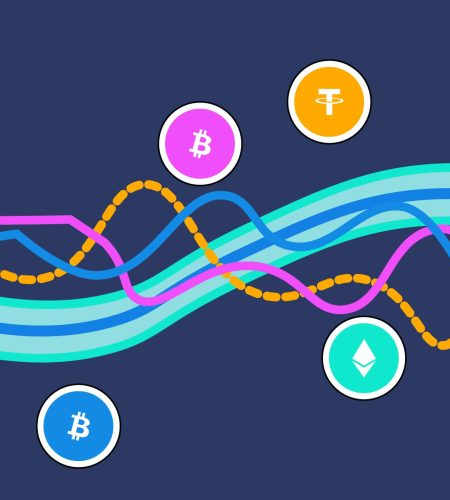Volatility represents a foundational option and risk metric that measures price fluctuation over time. While volatility may seem like a simple statistic, there are intricacies and advanced modeling techniques that traders must master. In particular, the difference between implied volatility based on options prices and realized volatility calculated from historical prices is critical to understand.
This comprehensive guide provides an in-depth look at implied and realized volatility, how they are estimated, and advanced trading strategies using volatility analysis. Let’s dive in to unlock the full potential of evaluating volatility.
What is Volatility?
Volatility indicates the degree of variation in prices of a security or asset over time. High volatility means prices fluctuate significantly in both frequency and magnitude. For example, Bitcoin has experienced high volatility historically, with price swings of 10-20% in a single day not uncommon. Low-volatility assets like consumer staples see relatively stable prices that change gradually over extended periods.
Mathematically, volatility quantifies the standard deviation of historical or projected price returns. For instance, an S&P 500 annualized volatility of 15% means daily returns are expected to be within 15% above or below the mean return approximately 68% of the time. Since it measures potential price oscillation ranges, volatility is crucial for determining options valuations.
Implied Volatility
Implied volatility (IV) represents the expected future volatility of an asset’s price over the lifetime of an option contract. IV is inferred by inserting the current premium price into an options pricing model such as Black Scholes. The IV value is adjusted until the model price equals the market price.
For example, plugging a $5 premium for a particular option into the Black Scholes model yields a theoretical price of $3. Increasing the IV to 30% in the model raises the price to $5, matching the actual premium. This 30% IV reflects market expectations of volatility for the option.
IV differs across options contracts based on the strike price and expiration date, forming an implied volatility surface. Movements in IV significantly impact options premiums – increasing IV raises premiums as it indicates potentially wider price swings.

Realized Volatility
Realized volatility (RV) or historical realized volatility (HV) looks backward to calculate the actual volatility observed over a past period. HV uses historical asset price data to compute the realized variance or standard deviation mathematically. Comparing current HV to the market’s forward-looking IV allows for identifying when options may be over or underpriced.
For example, an S&P 500 index option may show an IV of 18%. However, the computed HV over the prior three months is 12%. This suggests options are overpriced, given realized volatility.
HV Tradt = √(Sum(ln(Pt/Pt-1)^2) / n)
Pt represents the closing price on day t. The HV formula squares daily log returns, sums the result, divides by the period length, and takes the square root. Sophisticated models account for volatility clustering, mean reversion, and other dynamics.
Advanced Volatility Modeling
Expert options traders build advanced volatility models incorporating:
– Volatility term structure – Volatility vs. time to expiration visualizing the forward curve
– Volatility skews – Variations in IV across different strikes and expirations
– Mean reversion – Forecasting HV reverting toward its long-term average level
– Volatility clustering – High-vol periods tend to be followed by more high-vol
Various probability distributions model volatility, including normal, lognormal, GARCH, and FIGARCH. Automated calculation and modeling facilitate swiftly identifying profitable volatility trades.

Volatility Trading Strategies
Traders implement spreads, straddles, strangles, and other strategies based on volatility. Some advanced approaches include:
– Relative value – Compare IV to HV to find cheap options to buy or rich options to sell
– Delta hedging – Offset directional exposure by dynamically hedging options
– Volatility arbitrage – Capitalize on IV differences between related products
– Dispersion trading – Profit when an index IV is lower than its components’ IVs

Conclusion
Mastering the intricacies between implied and realized volatility enables traders to enhance pricing models, evaluate positions, manage risk, and generate consistent profits. Implementing advanced volatility modeling, analysis, and trading strategies opens the door to abundant new opportunities.

Comments